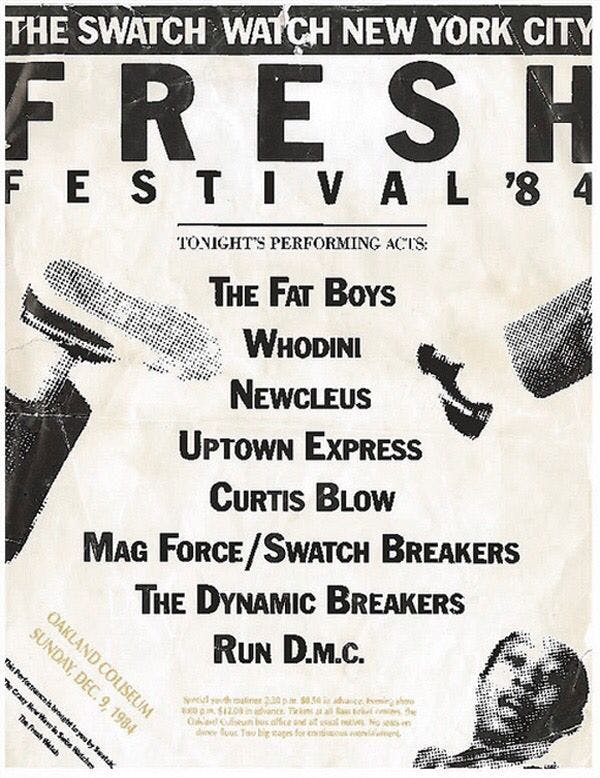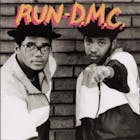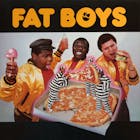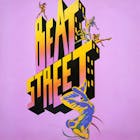
1984: The Year That Hip-Hop Became Big Business
1984: The Year That Hip-Hop Became Big Business
By Jay Quan
Published Mon, February 19, 2024 at 4:44 PM EST
40 years ago, Hip-Hop made the quantum leap from 12" singles, sparse coverage in magazines, and a handful of television appearances, to major motion pictures, sponsored national tours, and MTV exposure. Here's how.
1979
1979 was the year that the modern day rap industry was born. With the exception of Kurtis Blow's recording home — Mercury/Polygram — these recordings were released by independent record labels. Many of these labels were fly by night outfits that were attempting to capitalize off of this new "talking music."
Sylvia Robinson's Sugar Hill, Bobby Robinson's Enjoy, Peter Brown's Sound of New York, and Paul Winley's Paul Winley Records were the main independents that signed reputable acts and lasted beyond that initial year.
Those labels would sign and cultivate acts such as Grandmaster Flash & The Furious 5, The Sugar Hill Gang, The Sequence, The Treacherous Three, The Funky 4 + 1, and Spoonie Gee. Those acts would form the embryonic foundations of the rap industry.
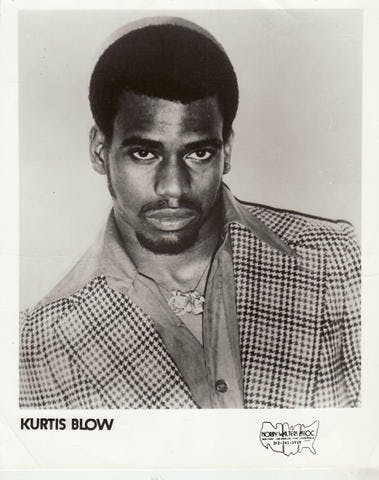

The Early Rap Albums
The first full length rap album was the self-titled debut of the Sugar Hill Gang, released in February of 1980. This album was created out of necessity, to capitalize on the success on the gargantuan hit “Rappers Delight,” which was famously the first commercially successful rap record and the one responsible for bringing rap music to those outside of the boroughs of New York and around the world.
“Rap was such a new format and 'Rappers Delight' had done so well that [Sugar Hill Records founder] Sylvia (Robinson wanted to capitalize off of its momentum and also legitimize the group by adding a few ballads and funk songs," explains Craig Derry of the Sugar Hill Band.
This legitimizing included the label telling radio program directors that the vocals on those ballads were the late Big Bank of the Sugar Hill Gang, when in actuality they were Derry and members of Harrisburg, PA funk band, Positive Force, who were also signed to the label. Because the music was so new and perceived to be a fad by so many adults at the time, a full album of rap songs was inconceivable.
The second full length rap album landed in September of 1980 in the form of Kurtis Blow's self-titled debut album. Blow was rap music’s first solo star and the first rapper signed to a major label (Mercury/Polygram). His first album rode the success of his hugely successful single “The Breaks” and followed the same format as his predecessors - a few up-tempo party songs — combined with a few ballads and mid-tempo jams (all sang by Blow).
Whereas the Sugar Hill Gang debut was more about partying, Blow’s album showed more maturity handling social issues on “Hard Times” (eventually becoming rap’s first cover song when it was remade by Run-D.M.C. in 1984) and “Throughout Your Years."
DROP YOUR EMAIL
TO STAY IN THE KNOW
Rap's First National Tour
Sugar Hill Records founder Sylvia Robinson was the most powerful and savvy of the independent label heads in recorded rap's early days. An R&B legend and label owner before rap records were a reality, she had the connections to get her acts on the radio and into places that other independents couldn't.
Because of the successes of the Sugar Hill Gang and Grandmaster Flash & The Furious 5, the Sugar Hill Records roster of artists were able to tour the country, originally headlining for R&B and funk acts like Cameo, Parliament Funkadelic, The Barkays, and TS Monk. Eventually the Sugar Hill Rapper's Conventions would make history by becoming the very first all rap tours.
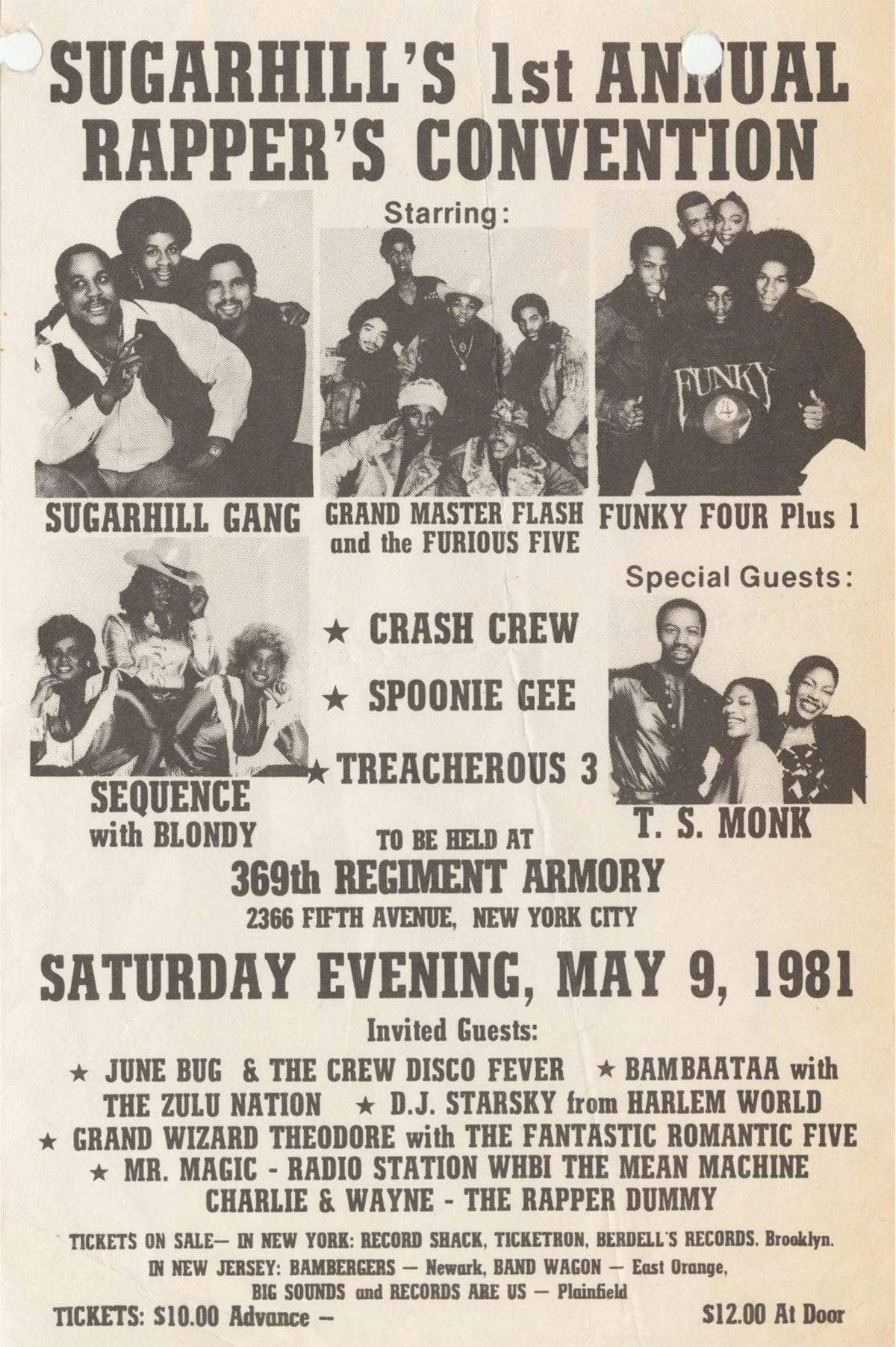

"The Message"
1982’s “The Message” by Grandmaster Flash & The Furious 5 featuring the late Duke Bootee was the single that changed rap as a genre forever. Although a few artists had dabbled in a few lines of social commentary on previous rap songs, "The Message" placed you right in the middle of the effects of Reaganomics on the poor and disenfranchised.
The grittiness and realness of the song had never been realized in popular music. The success of the record demanded a full-length album.
“We didn’t start on The Message album until a year after the single was released," says Rahiem of the Furious 5. "We didn’t have time to record material for an album prior to or in the process of making The Message. The album could have been much more successful had it been ready to go eight weeks after 'The Message' single was released."
The Message was the closest that rap had come to a full-length themed album. "It's A Shame" was another song on the project that contained social commentary, and the album cover depicted the group on the streets of New York, a visual that matched the rawness of the title track.
The Message contained "Dreamin,'" a ballad dedicated to Stevie Wonder, and sung by group member Rahiem, as was the ballad "You Are." There still had not been a rap album that didn't include ballads and/or R&B songs.
In 1984 Sugar Hill Records released albums on the Crash Crew and The Treacherous Three, but they were more like greatest hits compilations. These albums contained only previously released music with no themes or song sequencing. But things were about to change in a major way regarding the rap album and all things Hip-Hop.


The Movies
In 1983 Wild Style, Style Wars, and Breakin' & Entering were released. At the time, the culture was just starting to be called "Hip-Hop," and although its elements already existed, they had never been presented in a cohesive way.
These films had limited releases, but are precursors to the films that would introduce Hip-Hop as a culture to mainstream America. In fact these films are direct inspirations for Hollywood to bring Hip-Hop to the big screen a year later.
Wild Style showcased DJing, B-Boying, Graffiti, and MCing with actual practitioners of each element opposed to actors. The Cold Crush Brothers, Busy Bee, Lisa Lee, The Fantastic 5, Double Trouble, The Rock Steady Crew, Fab 5 Freddy, Lee Quinones, and Grandmaster Flash starred in what has become Hip-Hop's most authentic film.
Style Wars was a documentary directed by Silver and produced by Henry Chalfant. The documentary focused on Graffiti and Breakdancing, but it contained all elements of the culture. Elements of Style Wars were incorporated into Beat Street the next year.
Directed by Topper Carew, Breakin' & Entering is a documentary that chronicles the electro and breaking scene in California. The film features Ice T, Chris The Glove, Egyptian Lover, Boogaloo Shrimp, and Shabba Doo.
In June of 1984, Beat Street was released signaling the first time that a Hip-Hip movie with major corporate backing (Orion Pictures) was available to the public. Beat Street originates from a script written by journalist Steven Hager titled The Perfect Beat. Hagar sold the rights to the story to Harry Belafonte, who served as producer of the film.
Beat Street was heavily responsible for spreading Hip-Hop and its elements to those outside of New York's boroughs. Like Wild Style, Beat Street featured many actual practitioners of the culture such as The Rock Steady Crew, The Treacherous Three, Kool Herc, DJ Jazzy Jay, Doug E Fresh, and US Girls. Beat Street also featured Rae Dawn Chong, Guy Davis, and Mary Alice in leading roles.
Breakin', also released in '84, contained all elements of Hip-Hop culture, with a heavy emphasis on Breakdancing. Like Beat Street, Breakin' was released with major backing (The Cannon Group and MGM), and introduced the culture to mainstream audiences. Breakin' took place in California, giving the world a taste of the dress code and style of the left coast. Starring Ice T, Chris "The Glove", Poppin Taco, Boogaloo, and Shabba Doo, Breakin' was based on the documentary Breakin' & Entering.
Neither film received positive reviews, but both are pivotal to the spread of Hip-Hop.
Run-D.M.C.
In 1984, three rap albums dropped that forever changed the landscape of the rap industry, and set the template for the modern day rap album. These albums contained no ballads and they were sequenced in a way that told a musical story. Rap music was no longer a singles- driven industry. The rap album had it own identity, complete with liner notes, themes, and skits.
Run-DMC's Larry Smith-produced, self-titled album changed the game, based primarily on the momentum of their groundbreaking 1983 single "It's Like That"/"Sucker MC's," and "Hard Times"/"Jam Master Jay." Fans eagerly awaited a full album of the stripped down, drum machine only beats and rhymes from the Kings from Queens, but the legendary album almost didn't happen.
Profile Records co-founder Cory Robbins told The foundation : "It was time to do an album, and they didn't want to. I called Russell (Simmons) their manager, and told him that we had all these songs on the radio, and we needed to put on an album."
Robbins added: "Russell said that rap albums don't sell, and there's never been one that sold anything and how they all suck. I told him that we had four songs, and that if we did five more we would have enough for an album. If we sold 30,000 or 40,000 we would be good. I had to remind him that contractually we had the option for an album. He agreed to do the album and we ended up with the first Gold rap album."
"Hollis Crew" was a follow up to the game changing "Sucker MC's," while "Wake Up" continued the social commentary of "It's Like That," and "Hard Times." "Jay's Game" would mark the first time that a "DJ cut song" appeared on a full-length rap album.
Run-D.M.C.'s most successful mainstream recording is their duet with Aerosmith, the genre bending "Walk This Way" from 1986's Raising Hell; but their first time combining rock and rap occurred on "Rock Box" from Run-D.M.C. "Rock Box" received heavy MTV airplay, the first rap video to do so. Robbins explained of the video: "We intentionally casted a little White boy on the video in a White Rock club with a predominantly White crowd, so that MTV would play it, and it worked."
Run-D.M.C. and its album cover was the first time that many outside of the tri state area of New York, New Jersey, and Connecticut actually saw what Run-D.M.C. looked like. The B-Boy streetwear that Run and D.M.C. wore on the back of the record cover was a first glimpse into what New York Hip-Hop fashion looked liked for many. Run-D.M.C. established a standard that forever changed the game and further established rap as a formidable music genre.


Escape
Escape, the sophomore album by Brooklyn trio WHODINI (also produced solely by the late Larry Smith) further cemented the template for the rap album. Like The Message did two years prior, Escape's album cover established the image of Ecstacy and Jalil. Whodini's style of dress, just like their music and subject matter, was enough to grab adults who didn't love rap, while remaining authentic to the youth.
Escape contains "rock the mic" songs like "5 Minutes of Funk," as well adult-themed messages such as "Friends," "Escape," and "Big Mouth." "Featuring Grandmaster Dee" is the "DJ track" that would soon become a requisite on the full length rap album, and "We Are Whodini" is a musical autobiography.
In the October 1985 issue of Right On! Russell Simmons, WHODINI's manager revealed that Escape was the first rap album to go platinum, denoting sales of one million copies. Simmons doubled down on the claim on IG earlier this year.
Fat Boys
Originally the Disco 3, the Fat Boys consisted of Prince Markie Dee, Kool Rock Ski, and Buffy The Human Beatbox. Following the success of their debut single "Fat Boys"/"The Human Beat Box" the group changed their name to The Fat Boys.
Their debut, self-titled album contained production by their mentor Kurtis Blow, vocals by Alyson Williams, piano work by the late Donald Blackman, and guitar and bass work by Larry Smith and Davy DMX. The star-studded debut was an immediate hit, and is still regarded as one of the best rap albums.
The Billboard charting singles "Jailhouse Rap" and "Can You Feel It" contain the signature "Kurtis Blow sound," which is piano heavy, with bouncy bass, while "Stick 'Em" and "In The Place To Be" highlight the best of each group member, including Buffy's scratching. "Dont You Dog Me" is also an album highlight.
Fat Boys peaked at number 48 on the US Billboard 200, and number 6 on the Top R&B/Hip-Hop Album chart.
The Swatch Watch New York City Fresh Festival
Although the Sugar Hill Rap Conventions are the very first national rap tours, they were not corporately sponsored. The "Fresh Fest" as the tours are dubbed were sponsored by Swiss watchmaker Swatch. The lineup for the original Fresh Festival was Run-DMC, WHODINI,The Fat Boys, Kurtis Blow, and Newcleus.
The Dynamic Breakers, The Dynamic Dolls, Jermaine Dupri, and Chad were dancers on the early tours which further showcased Hip-Hop culture to wide audiences. The success of the albums by Run-DMC, WHODINI, and The Fat Boys helped to fuel the success and popularity of the tour, and the tour in turn helped the sales of the albums.
The Fresh Festival ran for 5 years and played to sold out crowds in more than 40 cities annually. The successes of The Fresh Festival, the albums released in 1984 (including two volumes of the Beat Street soundtrack), and the major films made '84 the year that set the stage for Hip-Hop to become the multi-billion dollar industry that it is today.
